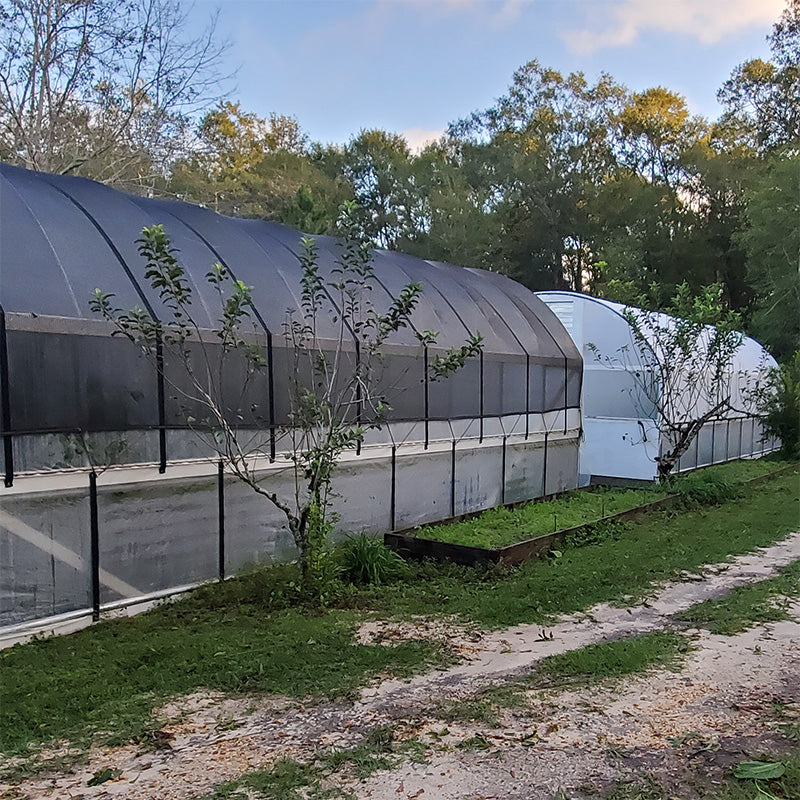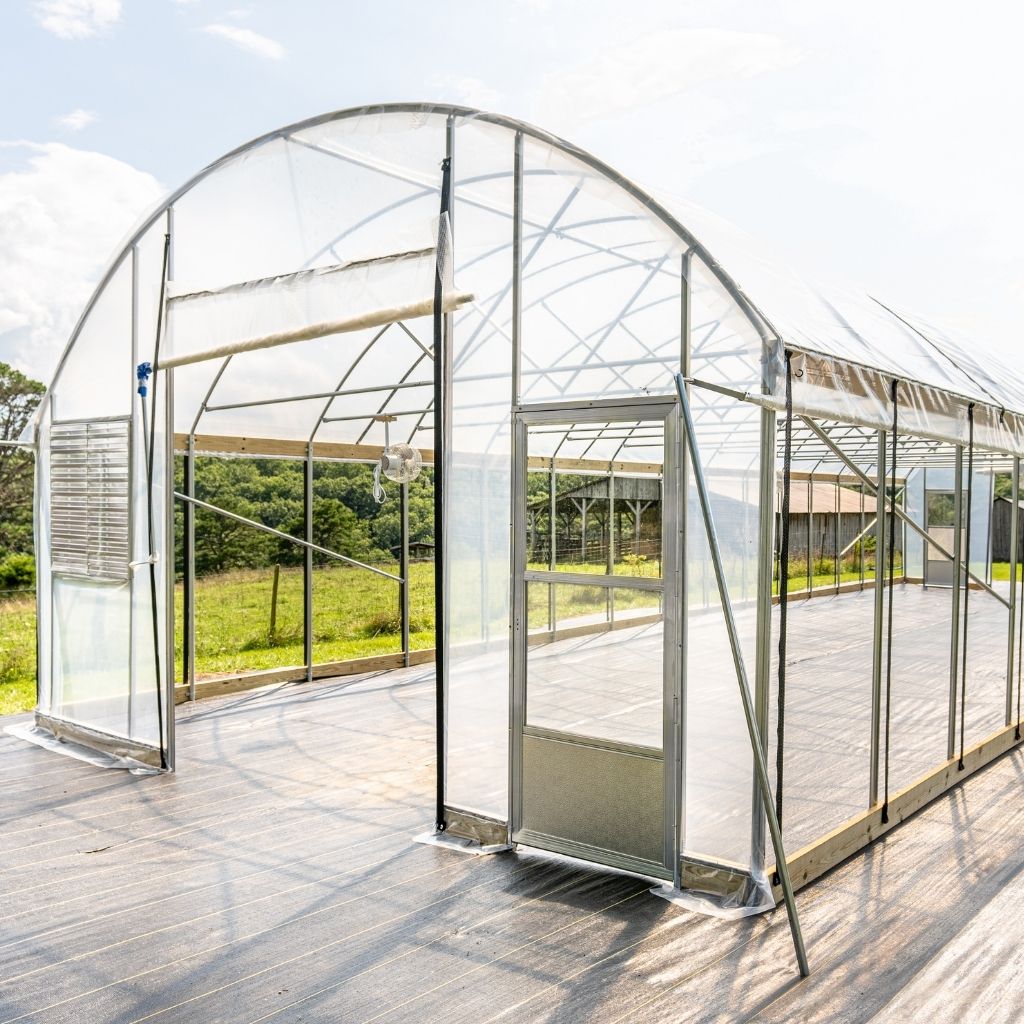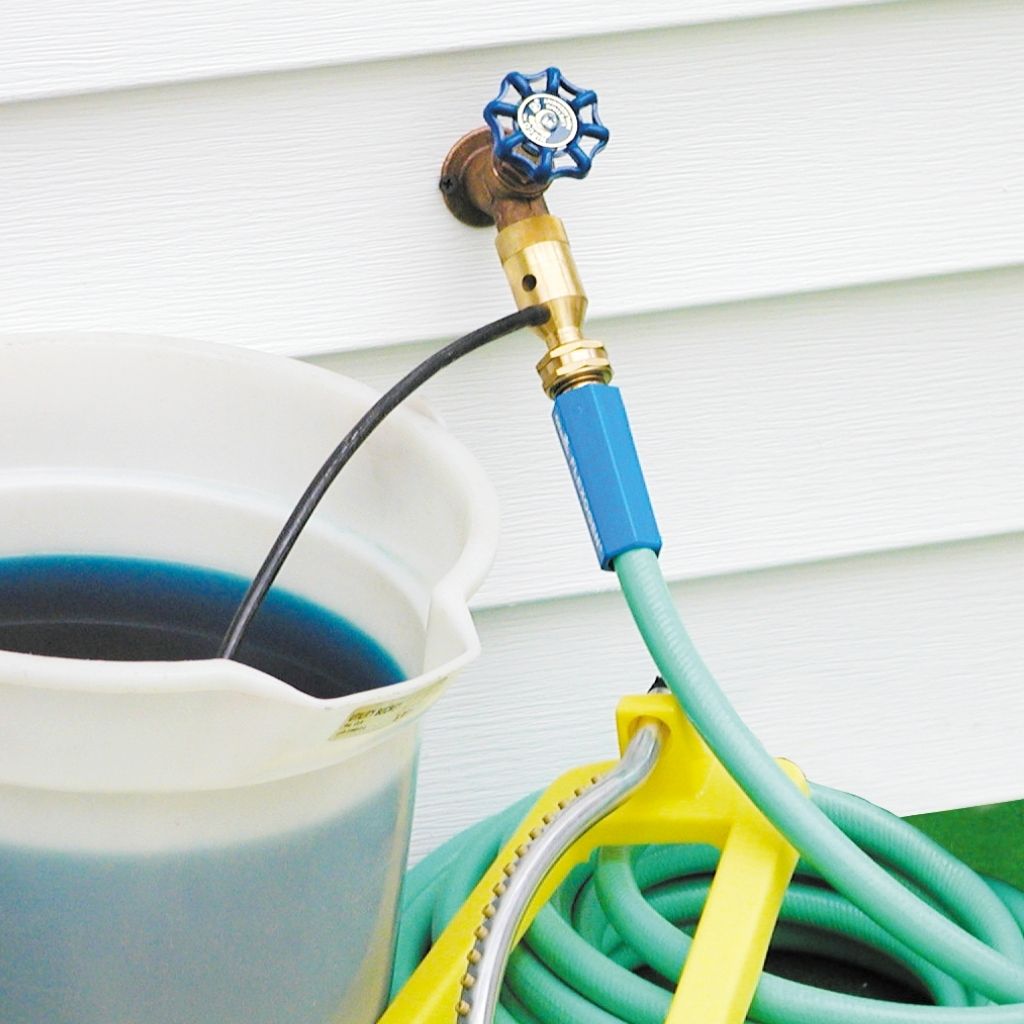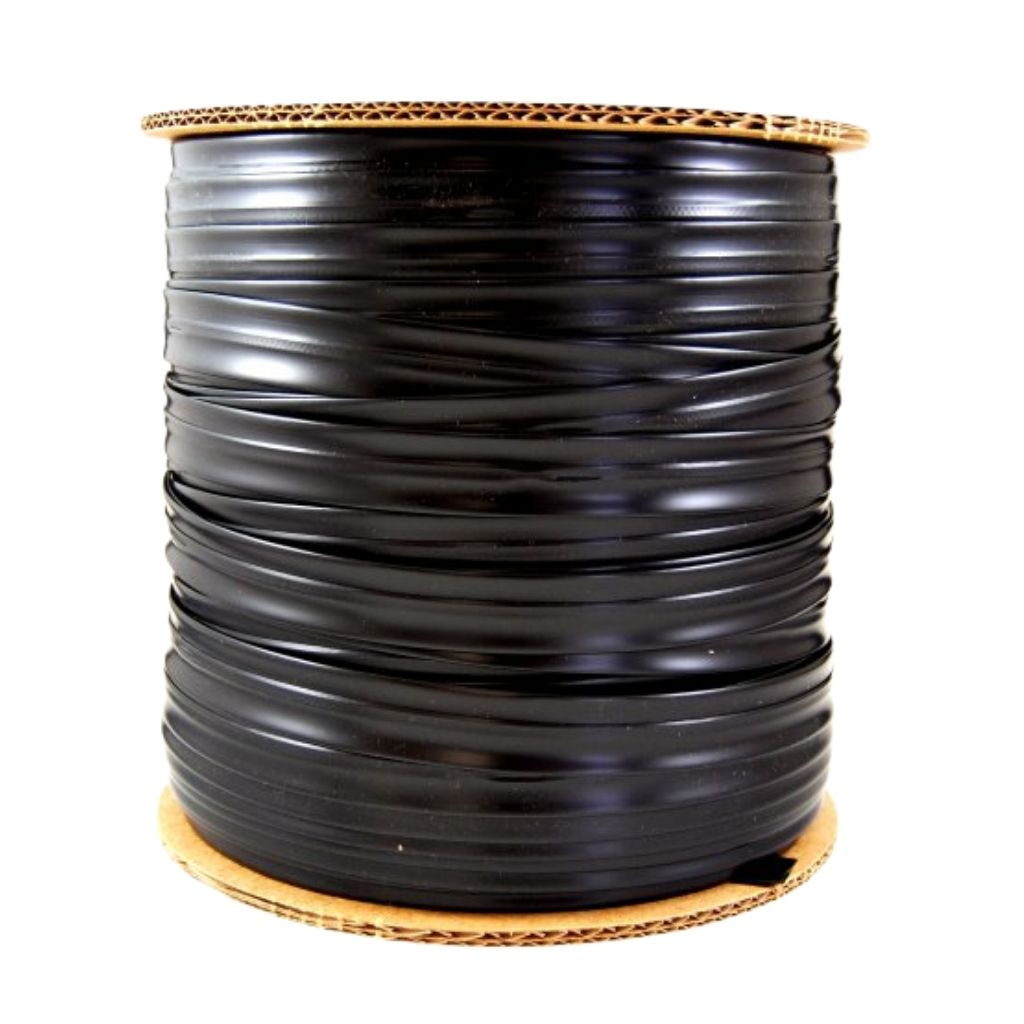Greenhouse Pest Control: Harlequin Bug
During restorations to the 20'x32' hoop house, cabbage rows were found infested with the Harlequin bug.

The adult (pictured here) is bright orange, red, and black and shaped like a shield. They are about 3/8 inch in length, and have black spot markings. Their favorite plants to eat include asparagus, cabbage, brussel sprouts, broccoli, cauliflower, radishes, turnips, and kale. All of these are autumn crops planned for growing in the fall greenhouse, and are threatened by the Harlequin bug if precautions are not taken before fall planting begins. They will eat other plants as well if their favorites are not readily available, although I did not find any damage done to the closest tomato plants. Harlequin beetles of this particular greenhouse enjoy nesting in mints, basils, and tomato plants while gorging on the cabbage.
As both adults and when in the nymph stage, Harlequin bugs drain the juices from leaves of plants using their mouths. Afterwards, the leaves where they have fed leave behind white spots, former feeding sites. Once infested with Harlequin Bugs, a plant may wilt or shrivel, growth may become stunted, and some young or weak plants will die. Use 1600 X-clude Timed Release Pyrethrum ($19 for 20 oz), or Natural Pyrethrin Concentrate ($ per bottle), follow directions on back, and apply early morning, or late afternoon. Too thoroughly get rid of the pest, apply to weak plants before removing debris from the greenhouse, and then after restorations and removal of old plants are completed, apply again for good measure. Even an additional insect soap will help weaken the pest and improve the garden health.

Harlequin Bugs live during winter in plant debris, so clean up of your garden each fall is very important for future infestations. Good trap plants for Harlequin Bugs are turnips, radishes, and mustard greens. Monitor carefully and kill any bugs found or infestation may become too hard to handle. Their eggs look like little white wine barrels with black stripes.

























